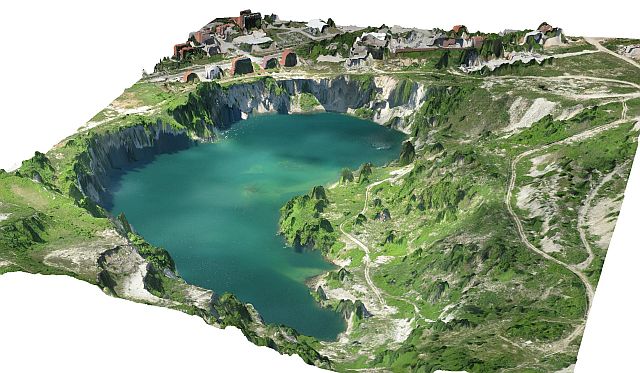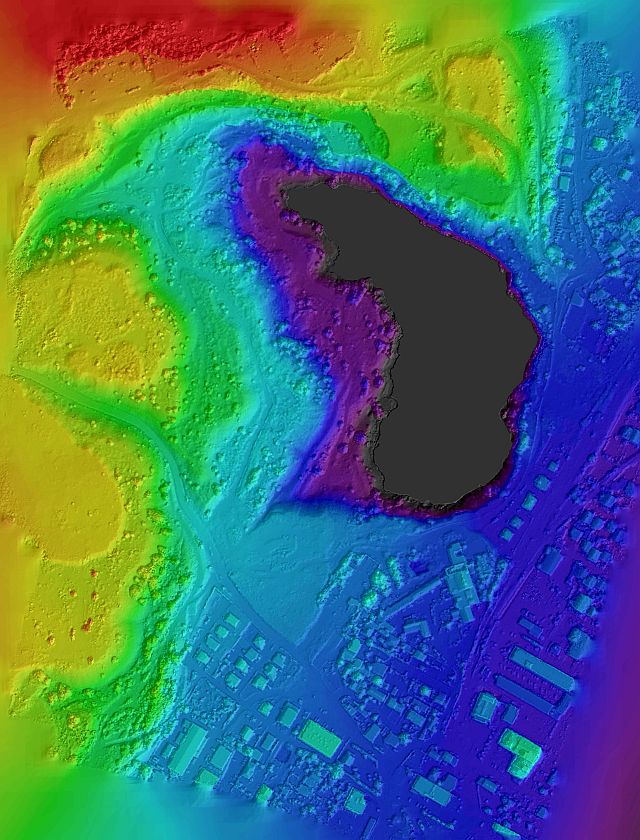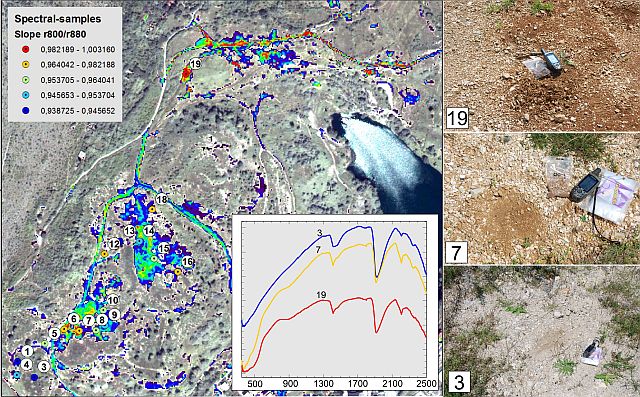 The Vihovici coal mine is located in the heavily industrialized Mostar Valley, Bosnia and Herzegovina. The mine was exploited by a state-owned company, but has been inactive since 1991.
The Vihovici coal mine is located in the heavily industrialized Mostar Valley, Bosnia and Herzegovina. The mine was exploited by a state-owned company, but has been inactive since 1991.  Delineation of the horizontal and vertical extend of the landfill. The mine was used as public solid waste dump during the 1992-1995 war. Illegal waste dumping still continues. There are reports of radioactive waste dumped in the area before, during and after the war.
Delineation of the horizontal and vertical extend of the landfill. The mine was used as public solid waste dump during the 1992-1995 war. Illegal waste dumping still continues. There are reports of radioactive waste dumped in the area before, during and after the war. 